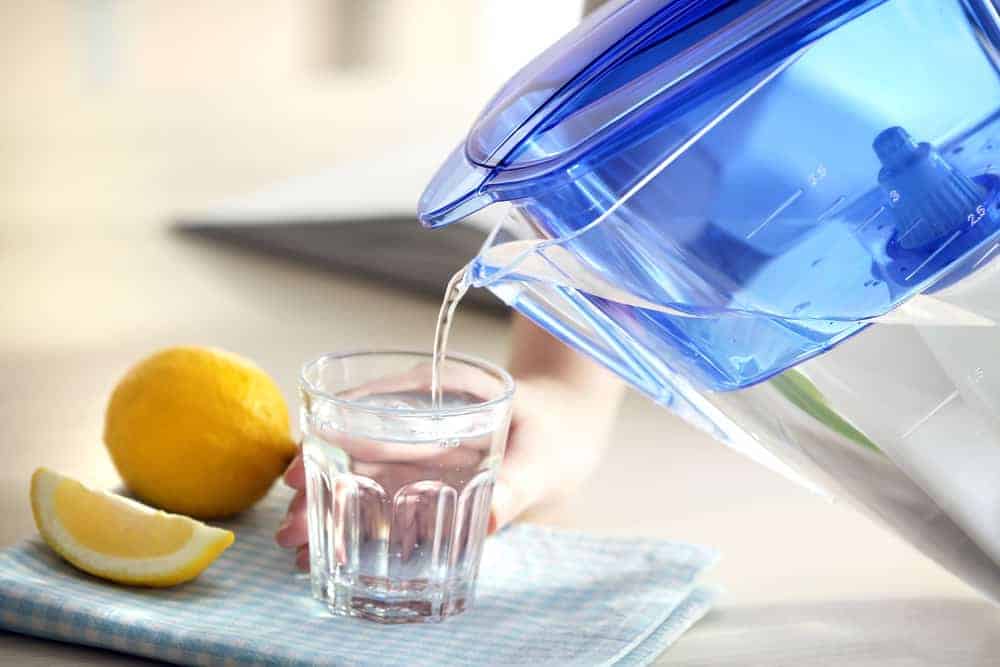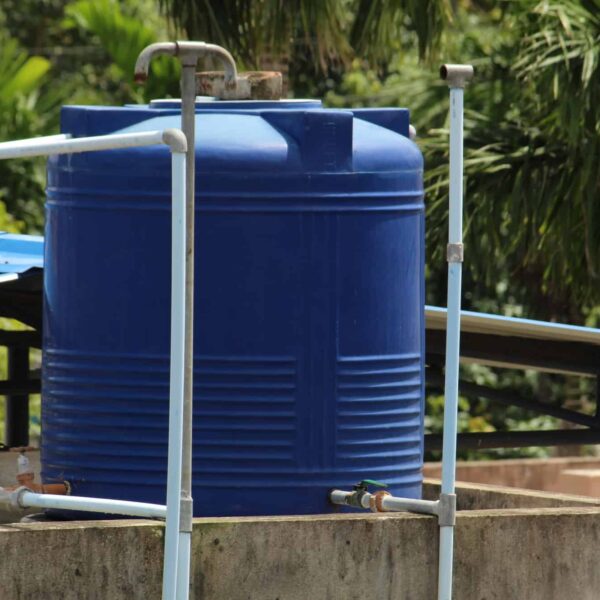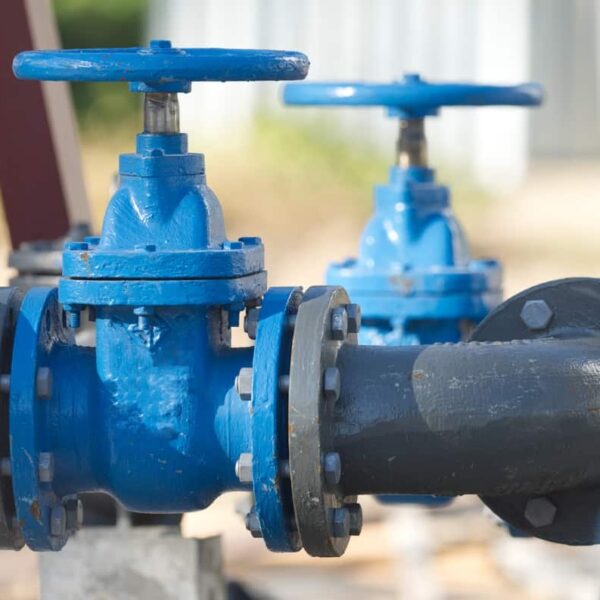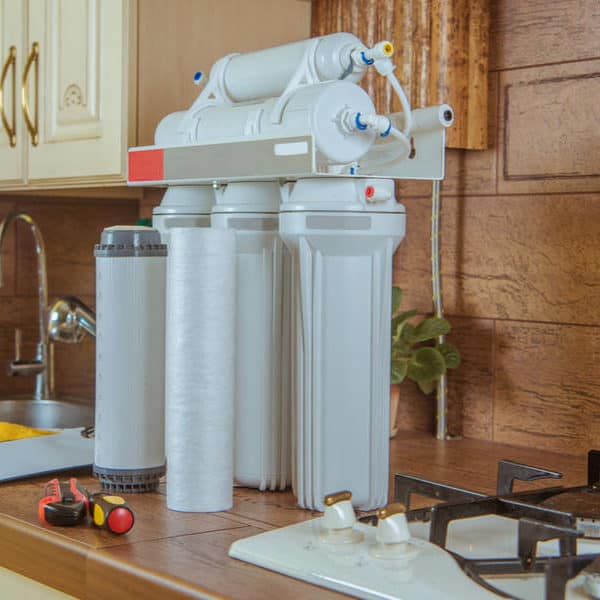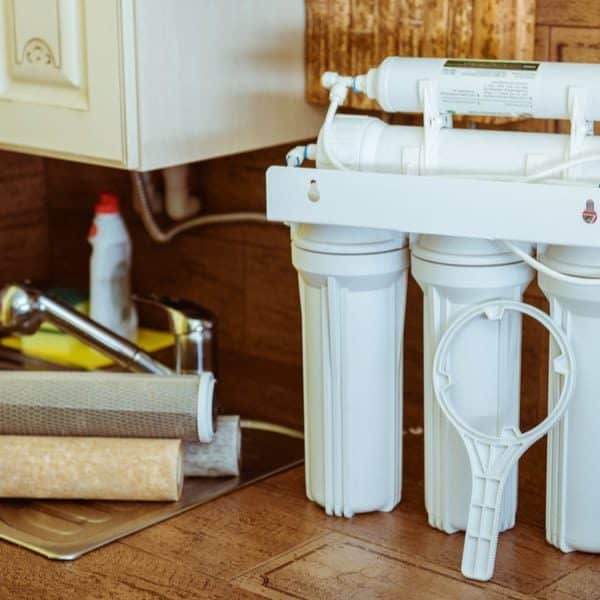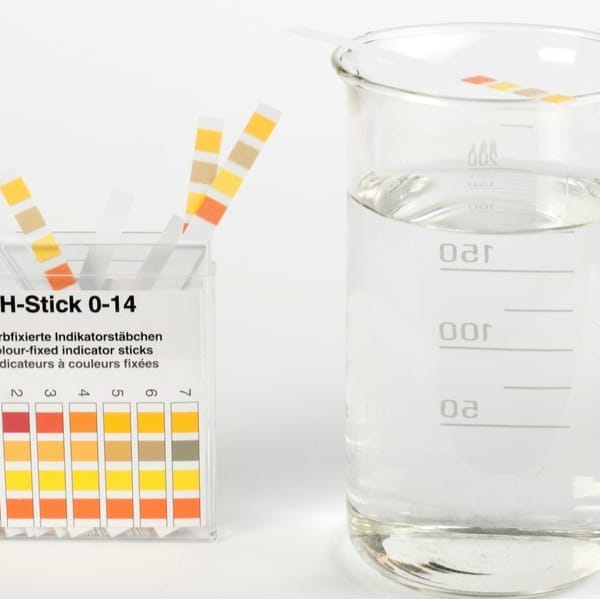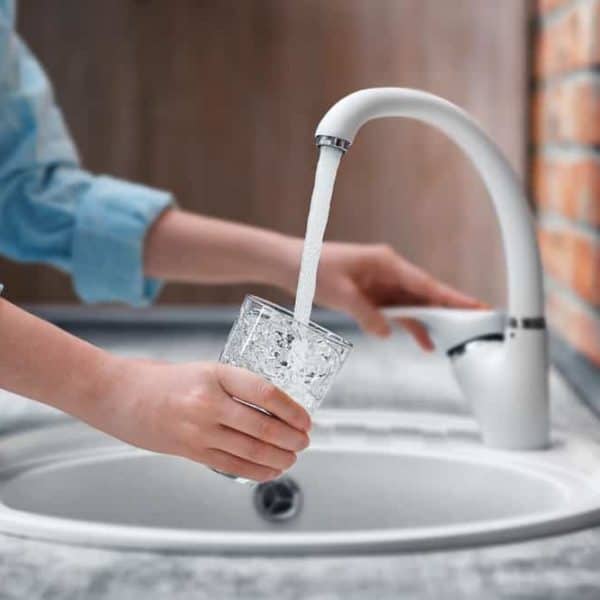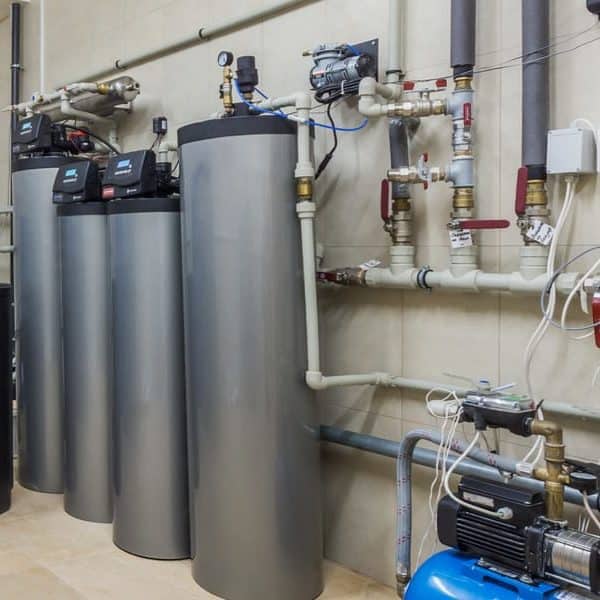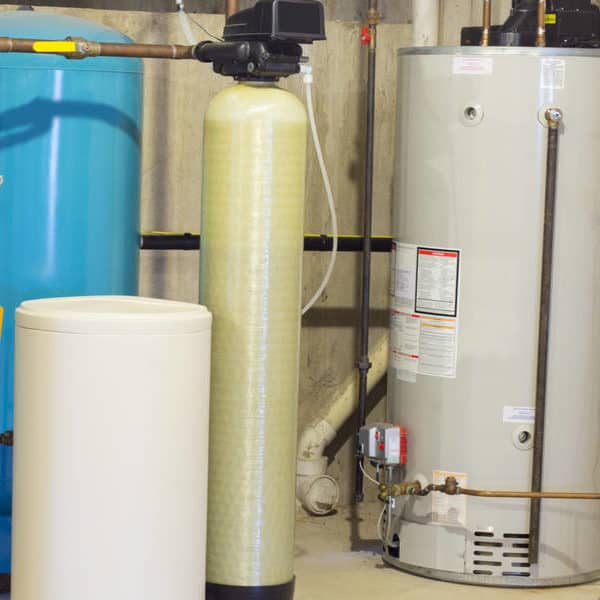Human beings cannot survive for more than a few days without water, but thankfully, most of us have access to unlimited supplies just by opening the faucet in our kitchens.
However, that water might not be as pure as you’d like, and you might want to purify it further before drinking it – and if you’re wondering about some of the best ways to do this, here, we look at 13 ways to filter water.
And before you read on, here’s a fascinating TED Talk about how to make filthy water drinkable – it introduces some of the important concepts we’re going to be talking about.
Filter Water At home
In your home, there are several possible ways to filter water, and the main thing to understand about each method is which impurities the technique can remove and which it leaves behind.
In practice, many real-world filters incorporate two or more filtration methods to remove more impurities than a single method would alone.
Many of these filtration methods are available in different formats, including under sink water filters, faucet water filters, countertop water filters, refrigerator water filters and more.
1. Activated carbon
Carbon is like a sponge, and it can trap many impurities like chlorine, some pesticides and industrial solvents within its structure. Basic activated carbon filters don’t remove heavy metals, although some special versions can.
Carbon filters also don’t reduce water hardness (limescale) and don’t remove sodium, nitrates, fluorine or microbes. The filters also need replacing periodically.
One type of activated carbon filter is a carbon block filter. This is a block-shaped filter with a large surface area that makes it more effective than other types of carbon filter. Its effectiveness is affected by the speed of the flow of water going through it.
Granulated carbon is another type of activated carbon filter. It incorporates small grains of carbon, resulting in a lower surface area. This makes it less effective than carbon block filters.
2. Ion exchange filtration
Ions are electrically-charge atoms with either too many or too few electrons. Ion exchange filtration systems create ions from the atoms of contaminating substances and then trap them, replacing them with different, less harmful ions.
For example, zeolite beads contain sodium ions but hard water contains magnesium and calcium. When water enters an ion-exchange filter, the magnesium and calcium in the water are changed to magnesium and calcium ions.
These ions are attracted to the zeolite beads, which release sodium ions into the water instead.
Removing the magnesium and calcium from the water “softens” it, making it taste better. This type of filtration is also useful in areas with hard water since it will reduce mineral deposits in your plumbing.
However, this method doesn’t “purify” the water since the magnesium and calcium have simply been replaced with sodium. For this reason, water that has been softened by this method is not suitable for people on a low sodium diet.
This method does not remove anything that is not electrically charged, so it is not useful for filtering out viruses or bacteria.
With this kind of filter, you need to “recharge” the filters from time to time by adding more sodium ions in the form of a special kind of salt.
3. Deionization
Deionization is similar to ion exchange filtration. It is used to remove sodium ions or any other electrically-charged atoms. Again, this type of filtration is only effective if the particles are electrically charged, so it won’t remove bacteria or viruses from the water.
4. Reverse osmosis
Osmosis is the process whereby two solutions of unequal concentrations pass through a semi-permeable membrane in order to equalize their relative concentrations.
To visualize this, imagine a solution of sugary water that is separated from a solution of less sugary water by a filter that allows water molecules to pass through but not sugar molecules.
In this case, the water from the less sugary water will pass through the filter, diluting the sugary water until the concentrations on both sides are equal.
As this happens, the volume of water on the sugary side will increase while the volume on the less sugary side will decrease. This is what happens naturally.
Incidentally, and contrary to popular belief, osmosis is not responsible for our fingers going wrinkly when we take a bath – check out this video if you want to find out more!
Reverse osmosis is the opposite of the action we have just described – it’s where water is forced through a membrane under pressure in the opposite direction to the way it would normally go with osmosis.
So instead of water going from a less concentrated solution into a more concentrated one, you are forcing the water to move from a more concentrated solution into a less concentrated one, which has the result of purifying the water.
This process is good at removing pollutants like salt, nitrates and limescale – in fact, anything larger than water molecules – but it doesn’t remove some others. It also doesn’t filter out bacteria.
Since this process involves sending water through the filter in the opposite direction to the way it naturally “wants” to go, a reverse osmosis system also requires energy.
5. Distillation
A very simple way of filtering water is through distillation.
Since many of the impurities in water have a lower boiling point than water, if you boil water and convert it to steam, it will boil off, leaving the contaminants behind. All you then need to do is trap the steam and cause it to condense, and you have purified water.
Water distillers are very good at removing contaminants like heavy metals from water. However, it will not remove everything and is not effective at removing volatile organic compounds, for example.
6. Mechanical filtration
Mechanical filtration essentially involves using a very fine sieve to remove larger particles from your water. This is a very effective way of cleaning your water if it contains a large amount of sediment.
However, this is not a useful way of removing chemical impurities from your water, and it will also not be effective at removing bacteria or viruses.
7. Ozone filtration
Ozone filters are effective at killing microorganisms so are a good way of removing anything from your water that might make you sick.
This method doesn’t remove sediment or chemical impurities, but it can be used in conjunction with other water filtration strategies to help give you clean and pure water.
Wilderness strategies
When you are outside in the wilderness camping, hiking or even in a survival situation, there are some other techniques you can use to filter or otherwise purify your water.
If you’re interested, here’s a video about how to make swamp water drinkable.
8. Boiling
Although boiling is not a form of “filtration”, it is the most basic way of making water suitable for human consumption. Boiling water for one minute should kill all harmful microorganisms, making it safe to drink.
However, it will not remove chemical impurities or remove sediment.
Note that at higher altitudes, the boiling point of water is lower – this means you need to boil it for at least three minutes to make it safe.
9. Chemical disinfection
Although again, this is not technically “filtration”, if you need to purify water in the wilderness, you can use tablets to make it safe. Iodine tablets require 30 minutes to kill harmful organisms, as does chlorine dioxide.
However, for chlorine dioxide tablets to kill Cryptosporidium bacteria, you need to wait for four hours.
10. UV light
You can use UV light to kill harmful bacteria and viruses in water as long as the water is clear. Various UV lamps and light pens are sold for this purpose.
11. Wilderness charcoal filter
If you are in the wilderness, especially in an unexpected survival situation, it is possible to construct a makeshift carbon filter using charcoal from a fire and two separate containers.
The top container should have a small hole that allows water to run through slowly into the bottom container.
Collect the charcoal, wrap it in a cloth and place it in the top container. Cover it with sand and pebbles. Pour the water into the top container so that it passes through the charcoal and is collected in the bottom container. Make sure it flows through slowly for it to work.
To be sure, you should pass the water through the filter two or three times. If possible, also boil the water before using it for human consumption.
12. Solar water disinfection
It is possible to use the UV light in the sun’s ray to purify water. Place the water in clear plastic bottles and leave them on a dark surface in full sunlight.
On a hot, sunny day, this will take about six hours to work – although if it is cloudy, you will have to wait at least two days.
Again, this is not technically filtration, but it can help purify your water in an emergency.
13. Emergency filtration
If you find yourself in an emergency filtration, it is possible to filter water of sediment and dirt simply by pouring it through a bandana, a t-shirt or coffee filters.
This technique can be used alongside some of the other wilderness methods to help produce water that is fit for human consumption.
Many ways to filter water
As you can see, there are many ways to filter or otherwise purify water to make it more suitable to drink. Since each method removes different impurities, they are often combined, but not all techniques are necessary all the time.
If you are wondering which water filtration methods are most suitable for where you live, the best advice is to find out which impurities are found in the water in your area and then to choose an appropriate filtration method.
